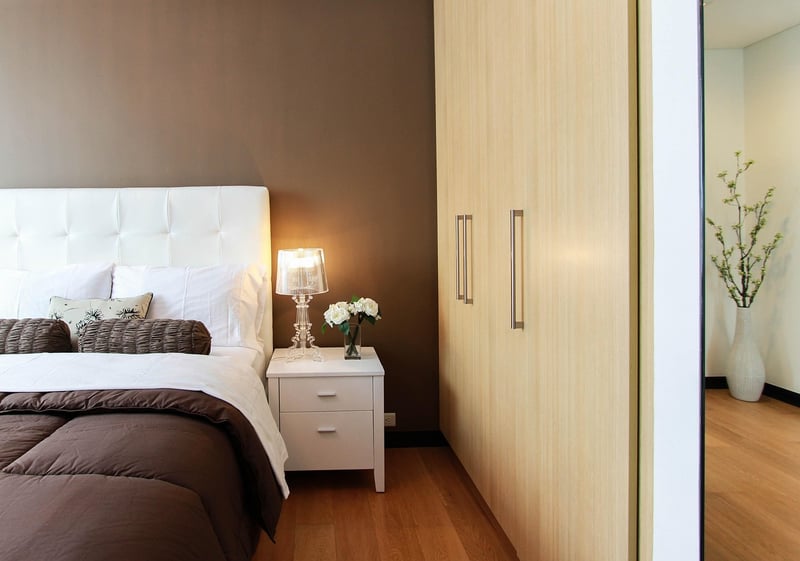Creating a Sleep Sanctuary
Creating a Sleep Sanctuary to Improve Your Sleep Quality
Quality sleep is essential for overall well-being and health. Creating a peaceful sleep sanctuary can significantly improve your sleep quality and help you wake up feeling refreshed and rejuvenated. Here are some tips to transform your bedroom into a sleep haven:
1. Choose the Right Bed and Bedding
Invest in a comfortable mattress and pillows that provide adequate support for your body. Opt for high-quality, breathable bedding to regulate temperature and promote better sleep.
2. Declutter Your Bedroom
Remove clutter and distractions from your bedroom to create a calming environment. Keep your space tidy and organized to promote relaxation and peace of mind.
3. Soft Lighting and Relaxing Colors
Use soft, warm lighting in your bedroom to create a cozy atmosphere. Choose calming colors like blues, greens, and neutrals to promote relaxation and restful sleep.
4. Minimize Noise and Disturbances
Reduce noise and disturbances in your sleep environment by using earplugs or a white noise machine. Ensure your bedroom is a quiet and peaceful space for optimal rest.
5. Create a Relaxing Bedtime Routine
Develop a soothing bedtime routine to signal to your body that it's time to wind down. This can include reading a book, taking a warm bath, or practicing relaxation techniques like deep breathing.
6. Ban Electronics from the Bedroom
Avoid using electronic devices such as smartphones, tablets, and laptops in bed. The blue light emitted from screens can disrupt your sleep patterns. Create a tech-free zone for better sleep quality.
7. Incorporate Relaxing Scents
Use essential oils like lavender or chamomile to create a calming aroma in your bedroom. Aromatherapy can help reduce stress and anxiety, promoting better sleep quality.
8. Invest in Blackout Curtains
Block out external light and create a dark sleep environment with blackout curtains. This can help regulate your circadian rhythm and improve the quality of your sleep.
9. Maintain a Comfortable Temperature
Keep your bedroom at a comfortable temperature to promote restful sleep. Optimal room temperature for sleep is typically between 60-67°F (15-19°C).
10. Practice Mindfulness and Relaxation Techniques
Engage in mindfulness practices like meditation or gentle yoga before bed to calm your mind and body. Relaxation techniques can help reduce stress and prepare you for a restful night's sleep.

By implementing these tips and creating a sleep sanctuary in your bedroom, you can enhance your sleep quality and overall well-being. Prioritize restful sleep as a crucial component of a healthy lifestyle.
Remember, improving your sleep environment can have a profound impact on your physical, mental, and emotional health. Sweet dreams!
